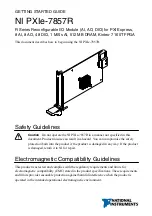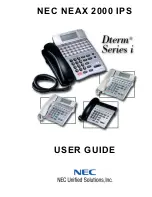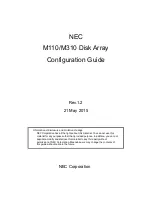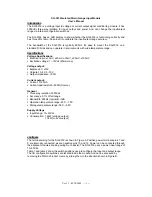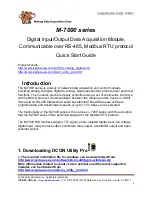
The Starting Point Preset
To Cab or Not to Cab?
1 Create
Use your Axe-Fx II to
create a starting point
preset. Use the same or
similar amp and cab models, set the tone controls appropriately, and
try to get the gain/drive amount “right”. The closer the better, but
remember, Tone Match aims to close the gap, so don’t obsess.
Remember to insert the Tone Match block. Place it in the signal path
where you want it to process the tone. You can either use it to replace
a cab, or in addition to a cab (see below.) If you have an IR of the
actual cab you're trying to match, using it in the signal path makes
perfect sense.
The Tone Match block can be used in place of or in addition to a cab.
The following general guidelines are offered, but it is in fact possible to
obtain usable results with or without a cab block in either case.
In general, your starting point preset should have no effects in front of
the Tone Match block at this point. You might add some for “flavor”
while dialing in, but set them to BYPASS before doing a Tone Match.
The exception might be a drive or EQ that is really integral to getting
the starting preset to sound or feel “right.” Effects after the Tone Match
block are okay, but it’s perhaps best to hold off until after capturing.
When you’re matching a real
amp, best results will often be
obtained by first creating a
USER IR
of the amp’s speaker.
See the Axe-Fx owner’s manual
for more on how to create and
your own custom “user” IRs.
For your starting point preset,
load your custom IR into a Cab
block and use the “correct” or a
substitute amp model. Keep the
cab turned ON during capture.
Consider the Tone Match block
instead of a Cab block when
you cannot find or create an IR
of the cab used on a recording.
NOTE: Use a “stand-in” (a cab
that sounds “close”) while
dialing in the starting point.
(Remember to bypass or
remove it later when you
capture the local signal.)
Hold the Effects
AMP
CAB
TMA
TMA
TMA
AMP
CAB
TMA
AMP
AMP
CAB
vs.









